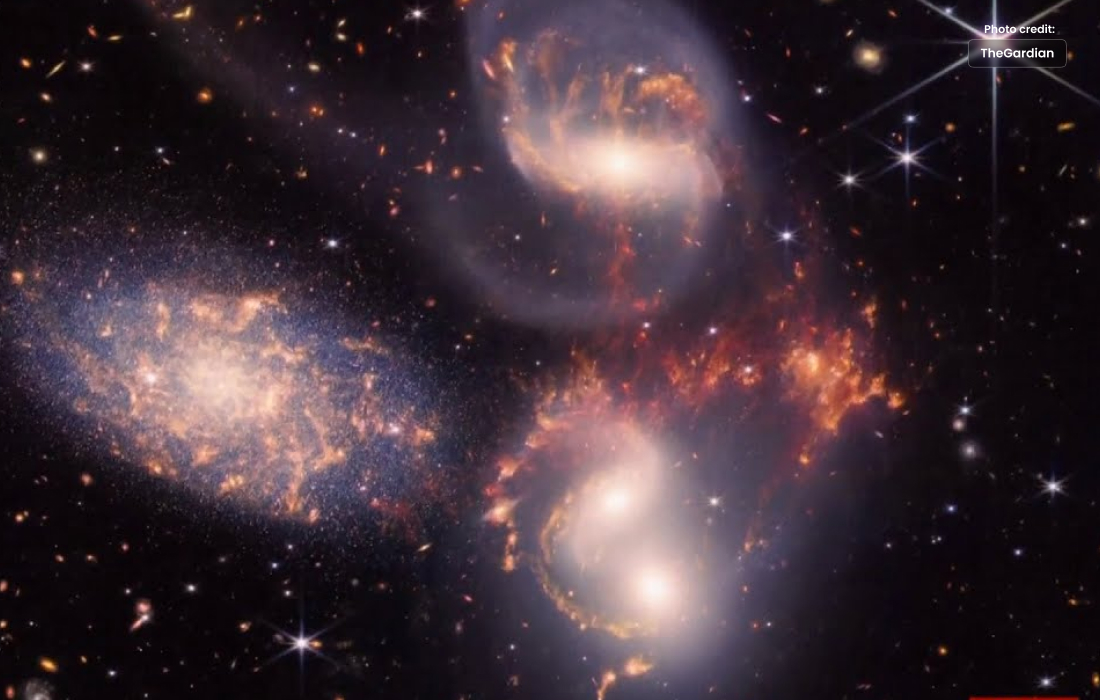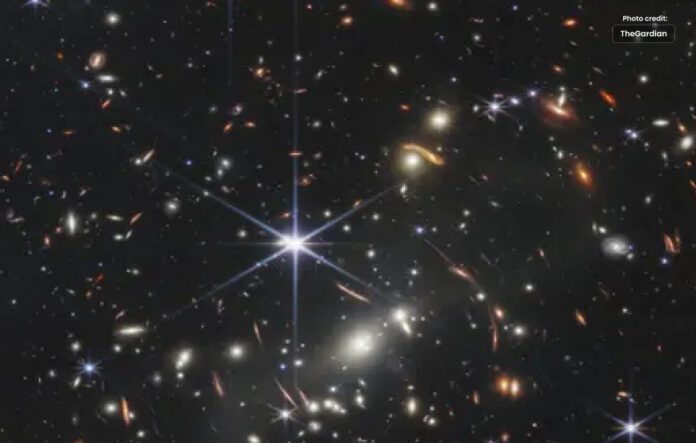James Webb telescope finds “universe breakers”: six massive, galaxies.
The objects are much larger than was previously believed to be feasible for galaxies so soon after the big bang and date to a time when the universe was only 3% as old as it is now. The discoveries, if confirmed, would cast doubt on scientists’ theories of how the first galaxies arose.
Joel Leja, an assistant professor of astronomy and astrophysics at Penn State University and a research co-author, remarked. “These objects are considerably more enormous than anyone thought.” “At this moment in time, we had only anticipated to find tiny, immature, infant galaxies, yet we have found galaxies as mature.”
Joel Leja, an assistant professor of astronomy and astrophysics at Penn State University and a research co-author, remarked.
“These objects are considerably more enormous than anyone thought.” At this moment in time, “we anticipated only to find tiny, immature, newborn galaxies. yet we’ve found galaxies as mature as our own in what was thought to be the start of the universe.”
The data used for the observations came from the first dataset made available by NASA’s James Webb space telescope. which is outfitted with infrared-sensing equipment that can pick up light from even the most distant stars and galaxies.
Dr. Erica Nelson, a co-author from the University of Colorado Boulder. noticed a group of “fuzzy dots” that were exceptionally brilliant and unusually red when poring over photographs.
Because light gets stretched out or red-shifted as it travels through the expanding universe. redness in astronomy serves as a proxy for age.
Click here For Read in Urdu
These galaxies appeared to be 13.5 billion years old. which would put them between 500 million and 700 million years after the big bang.
This wouldn’t be James Webb’s oldest galaxies, which began operations in December 2021. Four galaxies that are roughly 350 million years old were discovered by scientists last year, although these were much smaller.
According to calculations, the most recent galaxies had mass equivalent to tens to hundreds of billions of sun-sized stars, putting them on level with the Milky Way.
It’s bananas, Nelson said. It shouldn’t have been possible for these galaxies to form.
Scientists would need to reassess either some fundamental cosmological principles or their knowledge of how the first galaxies were seeded from tiny clouds of dust and stars in order to explain the appearance of such enormous galaxies so early in the history of the universe.
Leja stated, “It turns out we discovered something so unexpected that truly poses challenges for science. “It casts doubt on the entire picture of early galaxy formation.”
According to current theories, the universe experienced a brief period of fast expansion followed by a few hundred million years of cooling that allowed gas to condense and collapse into the first stars and galaxies, a period known as the dark ages.

More Details
The discovery of such massive galaxies so soon after the big bang suggests that the dark ages may not have been as dark as we thought and that the universe may have been awash in star formation much earlier than we thought, according to Dr. Emma Chapman, an astrophysicist at the University of Nottingham who was not involved in the most recent observations.
Before outdated models could be abandoned, according to Chapman, additional observations would be needed to verify the discovery. I wouldn’t be surprised if it were true, she said, given how quickly JWST has challenged conventional wisdom and revolutionised entire fields.
In order to better estimate mass and offer more accurate distance information, the team plans to acquire spectrum photographs.
The existence of these objects will be instantly apparent from a spectrum, according to Leja.
The group intends to get spectrum photos, which can offer more precise distance data and enable better mass estimates. Leja asserted that a spectrum would immediately reveal whether or not these objects were real.




